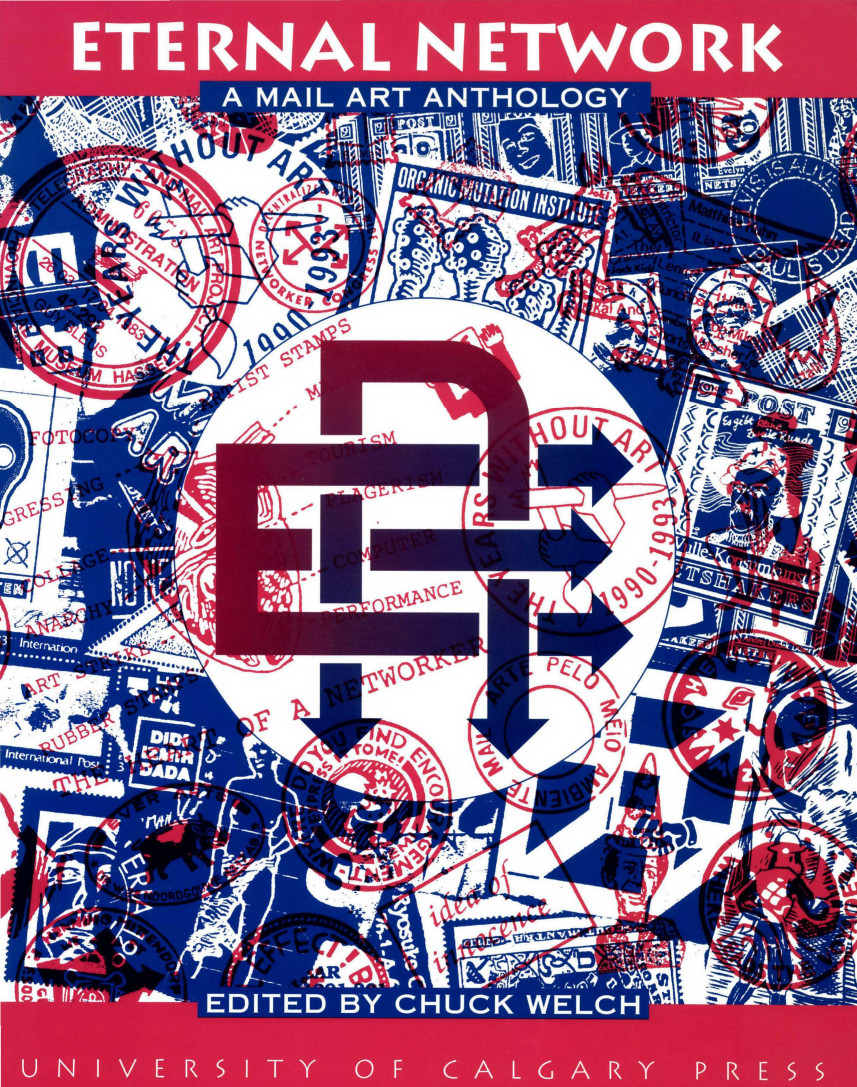Sophia Roosth: Crafting Life: A Sensory Ethnography of Fabricated Biologies (2010)
Filed under thesis | Tags: · anthropology, bioengineering, biology, diy biology, fabrication, gastronomy, life, sensory ethnography
“This ethnography tracks a diverse set of practices I term ‘constructive biologies,’ by which I mean efforts in the post-genomic life sciences to understand how biology works by making new biological things. I examine five fields of constructive biology – synthetic biology, DIY biology, hyperbolic crochet, sonocytology, and molecular gastronomy – investigating how they are enmeshed in sensory engagements that employ craftwork as a means of grasping biology.
Synthetic biology is a community of bioengineers who aim to fabricate standardized biological systems using genetic components and manufacturing principles borrowed from engineering. DIY biology is a community of “biohackers” who appropriate synthetic biologists’ terminologies, standards, and commitment to freely exchanging biomaterials in order to do hobbyist biological engineering in their homes. The Hyperbolic Crochet Coral Reef is a distributed venture of thousands of women who are cooperatively fabricating a series of yarn and plastic coral reefs in order to build a material simulation of oceanic morphologies and evolutionary theories. Sonocytology, a technique in nanotechnology research, uses scanning probe microscopes to “listen to” cellular vibrations and “feel” the topologies of cells and cellular components. Molecular gastronomy is a movement in which practitioners – physical chemists and biochemists who study food, and chefs who apply their results – use biochemical principles and laboratory apparatuses to further cooking and the culinary arts.
In analyzing these fields, I draw on histories of experimental biology, anthropological accounts of artisanship, science studies work on embodiment and tacit knowledge in scientific practice, and sensory ethnography. Based on data gathered from participant-observation and interviewing, I argue for thinking about making new biological things as a form of ‘crafting,’ an analytic that illuminates five aspects of contemporary biological manufacture: 1) sensory cultivation, 2) ongoing participation with biological media and forms, 3) the integration of making biological things and practitioners’ selfmaking, 4) the embedding of social relations, interests, norms, and modes of exchange in built artifacts, and 5) the combination of making and knowing. In this study, I argue that both biology the substance and biology the discipline are currently being remade, and that increasingly, life scientists apprehend ‘life’ through its manufacture.”
Dissertation thesis
Supervisor: Stefan Helmreich
Publisher Massachussetts Institute of Technology, September 2010
326 pages
PDF (24 MB)
Comment (0)Valerie Olson, Lisa Messeri: Beyond the Anthropocene: Un-Earthing an Epoch (2015)
Filed under paper | Tags: · anthropocene, earth, earth system, ecology, environment, extraterrestrial, geography, space
“As “the Anthropocene” emerges as a geological term and environmental analytic, this paper examines its emerging rhetorical topology. We show that Anthropocene narratives evince a macroscale division between an “inner” and “outer” environment. Th is division situates an Anthropocenic environment that matters in the surface zone between Earth’s subsurface and the extraterrestrial “outer spaces” that we address here. We review literature in the sciences and social sciences to show how contemporary environmental thinking has been informed by understandings of Earth’s broader planet-scaled environmental relations. Yet, today’s Anthropocene conversation draws analytic attention inward and downward. Bringing in literature from scholars who examine the role of the extraterrestrial and outer environmental perspectives in terrestrial worlds, we suggest that Anthropocenic theorizations can productively incorporate inclusive ways of thinking about environments that matter. We argue for keeping “Anthropocene” connected to its spatial absences and physical others, including those that are non-anthropos in the extreme.” (Abstract)
Published in Environment and Society, 6, 2015, pp 28-47
20 pages
Chuck Welch (ed.): Eternal Network: A Mail Art Anthology (1995)
Filed under book | Tags: · art, art history, artists book, computer art, dada, fluxus, internet, mail art, network art, networks, visual poetry, zine culture

“This book is the first university press publication in academia to explore the historical roots, aesthetics and new directions in mail art. The essays of Eternal Network were written and assembled during the early 1990s by mail artist, writer, and curator, Chuck Welch. The edition contains forty illustrated chapters surveying an international community whose mailboxes and computers were a proto internet bridging the analog and digital world of art and communication. Eternal Network includes numerous photographs of mailed artifacts, performance events, congresses, stampsheets, posters, collages, artists’ books, visual poetry, computer art, mail art projects, zines, copy art and rubber-stamped images.
The book is divided into six parts: Networking Origins, Open Aesthetics, New Directions, Interconnection of Worlds, Communication Issues and Ethereal Realms. Appendixes include mailing addresses from the 1990s, mail art exhibitions, a listing and location of over 350 underground mail art magazines and a comprehensive record of public and private international mail art archives. The late Judith Hoffberg, founder of Art Libraries Society of North America (ARLIS) and editor of Umbrella Magazine, wrote an astute and prophetic review of Eternal Network in March 1995. “Some might think that this is the last gasp of a paper-orientated group of artists, but it is more a testament to the future of alternative art and the role of artists as networker”.”
With a Foreword by Ken Friedman
Publisher University of Calgary Press, Calgary, 1995
ISBN 1895176271, 9781895176278
xxiii+304 pages
via Chuck Welch, (2)
PDF (147 MB)
Comments (2)
